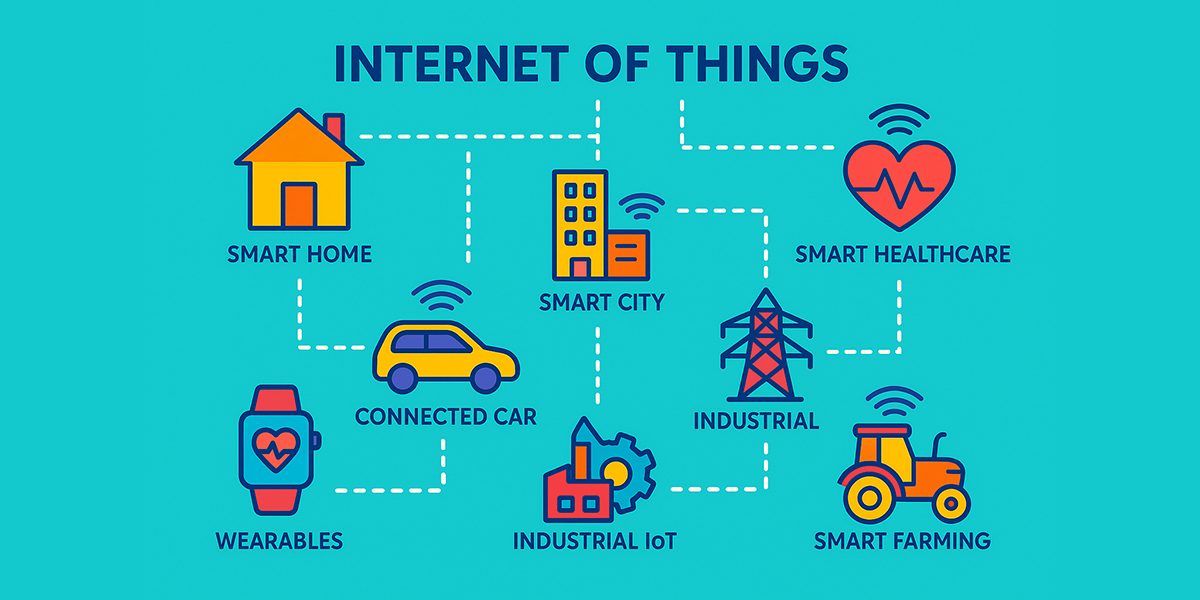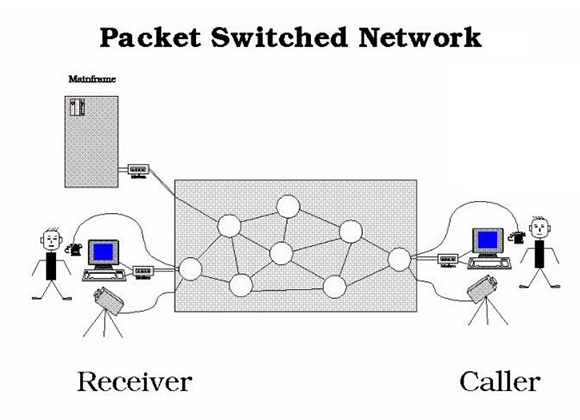Packet Switching – The revolution in information transmission

For most of the history of telecommunications, information transmission followed a fixed route that we could mentally describe as a highway: each "car" (i.e. the signal or message) carries information from one point to another via a designated and exclusively reserved "road" — a specific network. This technology, known as circuit switching, dominated until the 1960s.
Challenges of the System
Circuit switching had limitations in terms of efficiency. Each communication reserves an entire route, even if it is not used continuously, as is the case with a telephone conversation with pauses. This makes it difficult to manage large volumes of information and leads to a waste of resources.

Packet Switching – A New Philosophy
Packet switching introduces a completely different approach. The information is broken down into smaller pieces called packets. Each packet can follow a different route through the network to reach its destination. When all the packets arrive, they are reassembled in the correct order to reconstruct the original message. This is achieved because each packet contains unique identifiers and serial numbers.
If we imagine the transmission of information as cargo transport, then instead of one truck on a single road, we have many smaller trucks traveling on multiple routes simultaneously, reaching their destination in the most efficient way.
This method allows more information to be sent faster and with greater reliability, as packets can bypass obstacles or delays by finding the freest route within the network.

Significant consequences to date
The advantages of packet switching can be found in virtually all telecommunications applications. Technologies such as VoIP (Voice over IP), mobile phones, IoT (Internet of Things), and video streaming are based on packet switching technology. The operation of the modern Internet is based entirely on this mode of transmission, enabling communication between billions of subscribers around the globe.

Photographs:
- IoT (Internet of Things) is based on packet switching technology.
- Diagram of circuit switching. (Image source: Wikimedia commons)
- Diagram of packet switching. (Image source: Wikimedia commons)
- NSFNET Traffic, 1991. NSFNET backbone nodes are shown at the top. Regional networks below. Traffic volume is depicted from purple (zero bytes) to white (100 billion bytes). Visualization by NCSA using traffic data provided by the Merit Network. (Image source: Wikimedia Commons)






